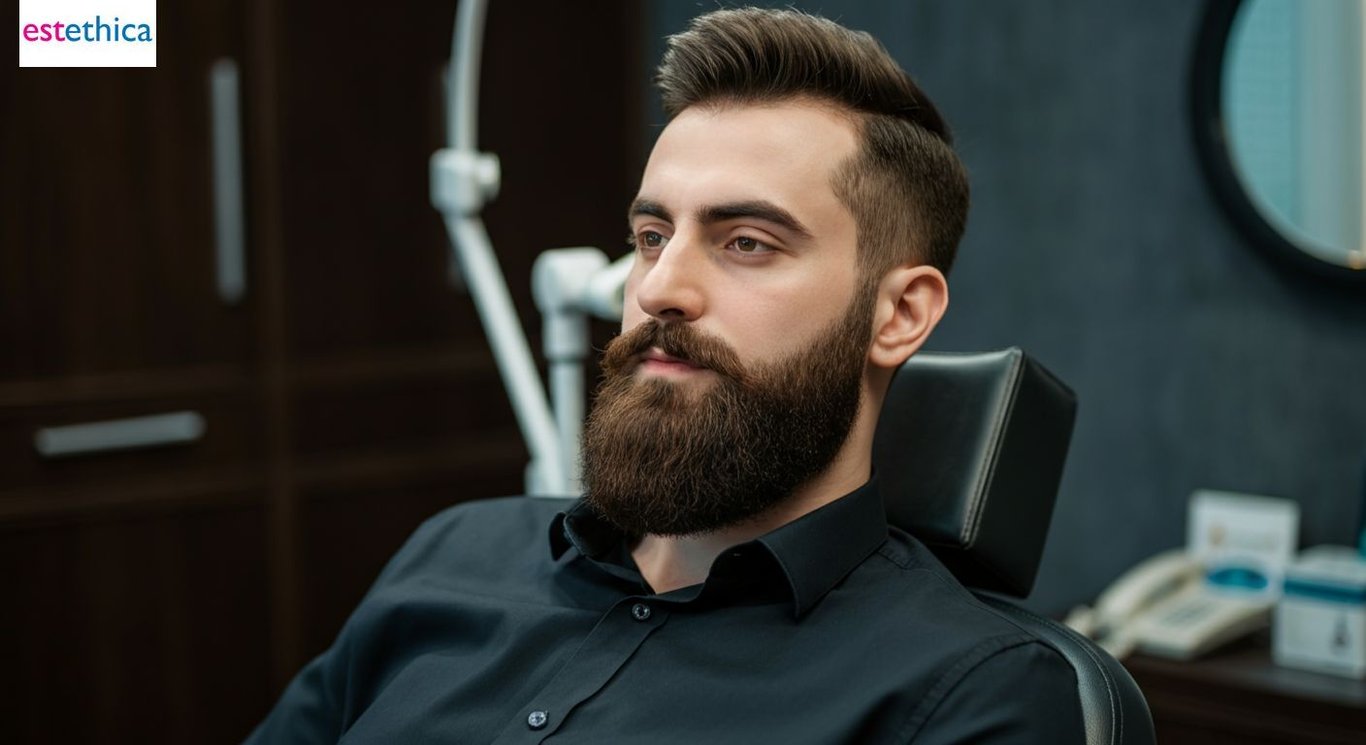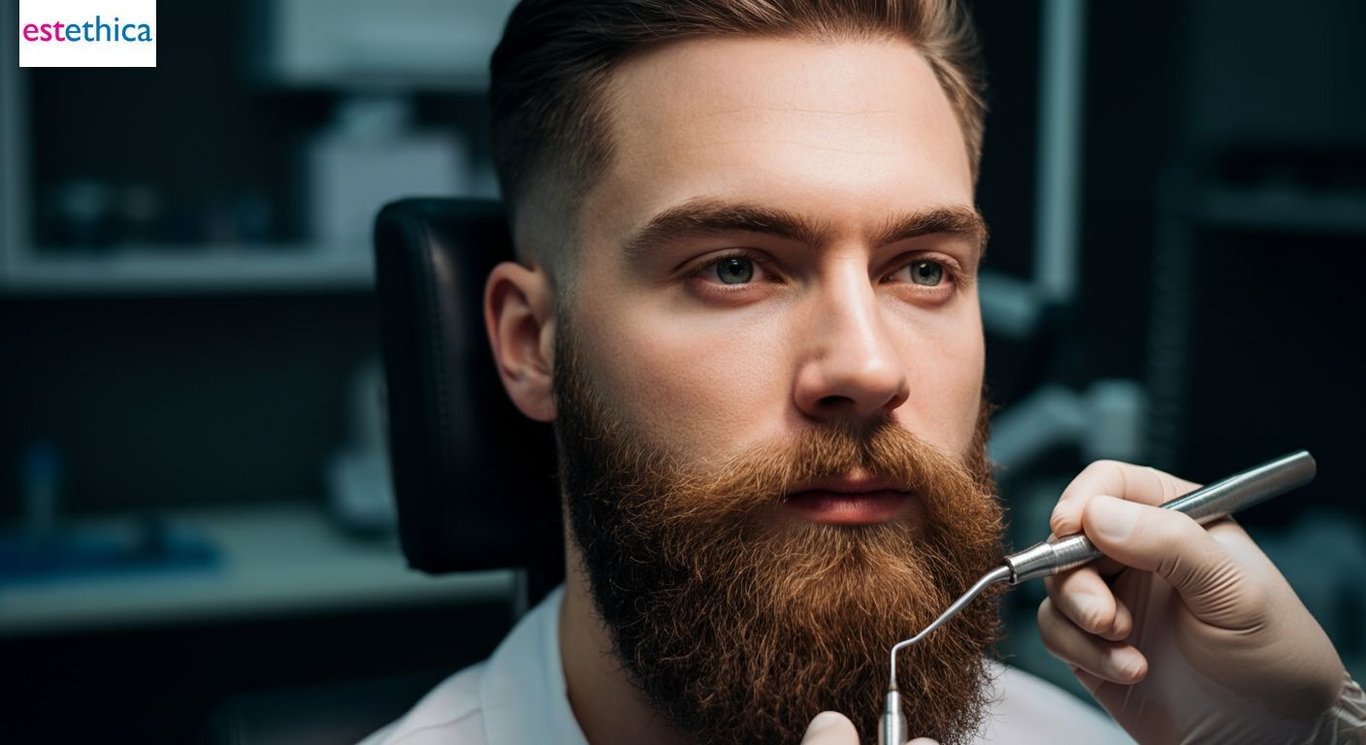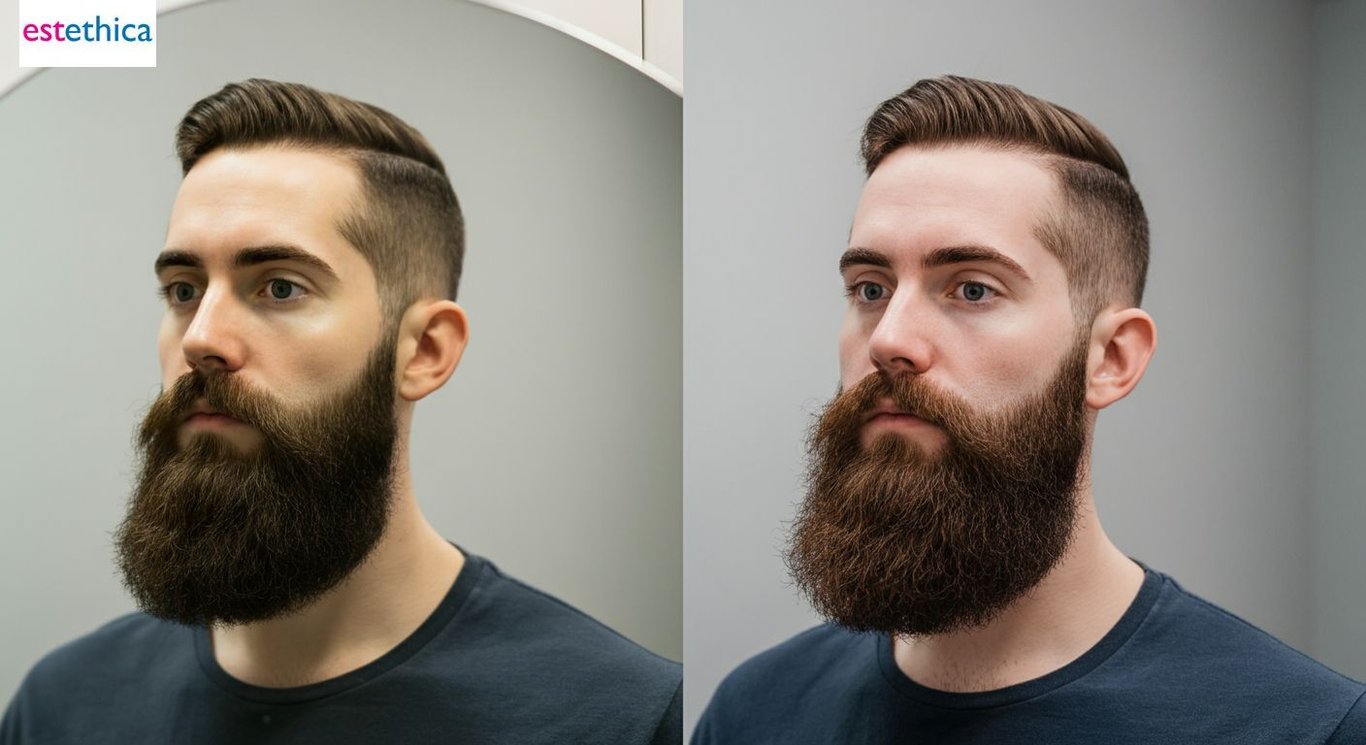Unlocking the Secrets of Beard Transplant Success
Master the art of beard transplantation with our comprehensive guide that reveals cutting-edge techniques, cost insights, and essential care tips for flawless results.
Beard transplantation is a rising trend among men seeking fuller, more defined facial hair. Whether driven by fashion, personal style, or cultural trends, understanding the intricacies of beard transplant procedures can significantly impact one’s self-esteem and appearance. This guide unveils essential insights into the world of beard transplants, focusing on modern techniques, cost factors, recovery expectations, and seasonal care tips for optimal results. Explore why this procedure is becoming a preferred choice for men globally.
Understanding Beard Transplantation: A Comprehensive Guide
The Process of Beard Transplantation
Beard transplantation is a meticulous procedure that involves relocating hair follicles from the scalp to the facial area. This process is ideal for those seeking to fill in patchy beard spots or achieve a fuller beard. The journey begins with a thorough consultation where the surgeon evaluates the patient's hair pattern and density. The goal is to ensure that the transplanted hair blends seamlessly with existing facial hair, mimicking natural growth patterns.
- Consultation: Assess hair pattern and density.
- Follicle Extraction: Carefully remove hair follicles from the donor area.
- Graft Placement: Meticulously place grafts to imitate natural beard growth.
Each step is crucial to achieving a natural-looking result, with the surgeon's expertise playing a significant role in the success of the procedure.
Factors Influencing Beard Transplant Cost
While discussing the cost of a beard transplant, it's important to consider various factors that influence the overall expense. These include the number of grafts required, the complexity of the procedure, and the expertise of the surgeon. Additionally, the location of the beard transplant clinic can also impact the cost.
- Number of grafts needed for desired fullness.
- Surgeon's expertise and reputation.
- Clinic location and facilities.
Understanding these factors can help individuals make informed decisions about their beard transplant journey without focusing solely on price.

Exploring Top Beard Transplant Techniques for Best Results
Advantages of FUE and DHI Techniques
Follicular Unit Extraction (FUE) and Direct Hair Implantation (DHI) are two leading techniques in beard transplants. FUE is less invasive, involving the extraction of individual hair follicles, which are then implanted into the beard area. This method is ideal for those seeking a natural look with minimal scarring. On the other hand, DHI uses a specialized pen for direct implantation, allowing for precise placement of hair follicles. This technique is beneficial for achieving a denser and more uniform beard appearance.
- FUE: Minimally invasive with natural-looking results.
- DHI: Offers precise placement for a denser beard.
- Both techniques enhance facial hair restoration effectively.
Choosing between these techniques depends on individual goals and the desired outcome for facial hair restoration.
Factors Influencing Beard Transplant Success
The success of a beard transplant largely depends on several key factors. First, the skill and experience of the surgeon play a crucial role in the outcome. A skilled surgeon can ensure that the transplanted hair mimics natural growth patterns. Second, the quality of the donor hair is essential; healthy and robust hair follicles lead to better results. Lastly, post-operative care, including following the surgeon's instructions, significantly impacts the healing process and the final appearance of the beard.
- Surgeon's expertise and technique.
- Quality and health of donor hair.
- Adherence to post-operative care instructions.
Understanding these factors can help individuals achieve the best possible results from their beard transplant, ensuring a fuller and more natural-looking beard.

Navigating the Recovery Process: What to Expect
Understanding Post-Surgery Recovery
After a beard transplant, the recovery phase is crucial for achieving optimal results. Patients typically experience some swelling and redness around the transplant site, with scabs forming over each graft. It's essential to adhere to post-operative care instructions, such as gentle cleansing and avoiding direct sun exposure, to promote healing and ensure graft retention. The initial signs of new beard growth usually appear after three to six months, with full results visible after a year.
Factors Affecting Recovery and Results
Several factors can influence the recovery process and the success of a beard transplant. The patient's adherence to post-operative care instructions is vital for minimizing complications and enhancing healing. Additionally, the quality of the transplanted hair follicles plays a significant role in the final appearance of the beard. Patients should also consider the expertise of the surgeon, as skilled professionals can ensure that the transplanted hair mimics natural growth patterns, leading to a more natural-looking result.
- Follow post-operative care instructions diligently.
- Ensure high-quality donor hair for better results.
- Choose an experienced surgeon for optimal outcomes.
By understanding these factors, individuals can better navigate the recovery process and achieve the desired results from their beard transplant.
Common Post-Surgery Experiences
- Swelling and redness around the transplant site.
- Formation of scabs over each graft.
- Initial beard growth visible after three to six months.
These experiences are typical and part of the natural healing process. Patients should remain patient and follow their surgeon's advice to ensure the best possible outcome.

Seasonal Care Tips for Optimal Beard Transplant Health
Adapting Beard Care to Seasonal Changes
Understanding how seasonal changes affect transplanted facial hair is crucial for maintaining its health and appearance. During summer, the focus should be on keeping the beard area clean and well-moisturized to prevent sweat and dirt buildup. Using a gentle cleanser and a lightweight moisturizer can help maintain the skin's balance, ensuring the transplanted hair remains healthy.
- Use a gentle cleanser to remove sweat and dirt.
- Apply a lightweight moisturizer to maintain skin balance.
- Protect the beard from excessive sun exposure.
These steps help prevent irritation and ensure the transplanted hair thrives in warmer months.
Winter Beard Care Essentials
In winter, the cold and dry air can lead to dryness and damage to the transplanted beard. To combat this, incorporating hydrating oils and creams into your routine is essential. These products provide a protective barrier against harsh weather, keeping both the skin and hair well-nourished.
- Apply hydrating oils to prevent dryness.
- Use creams to create a protective barrier against cold air.
- Regularly trim to maintain shape and health.
By adapting your beard care routine to the season, you can ensure your beard transplant remains healthy and vibrant year-round.
Innovative Beard Transplant Techniques: FUE and DHI
Excellence in Beard Transplant Recovery and Care
Frequently Asked Questions
What are the best techniques for a beard transplant?
How does the beard transplant process work?
What factors influence the cost of a beard transplant?
What should I expect during the recovery process after a beard transplant?
How can I maintain my beard transplant throughout different seasons?
Discover the path to 'Healthy Beauty' with estethica's expert care. Call now for your free consultation and take the first step towards a more confident you!
📞 Call for Your Free Consultation